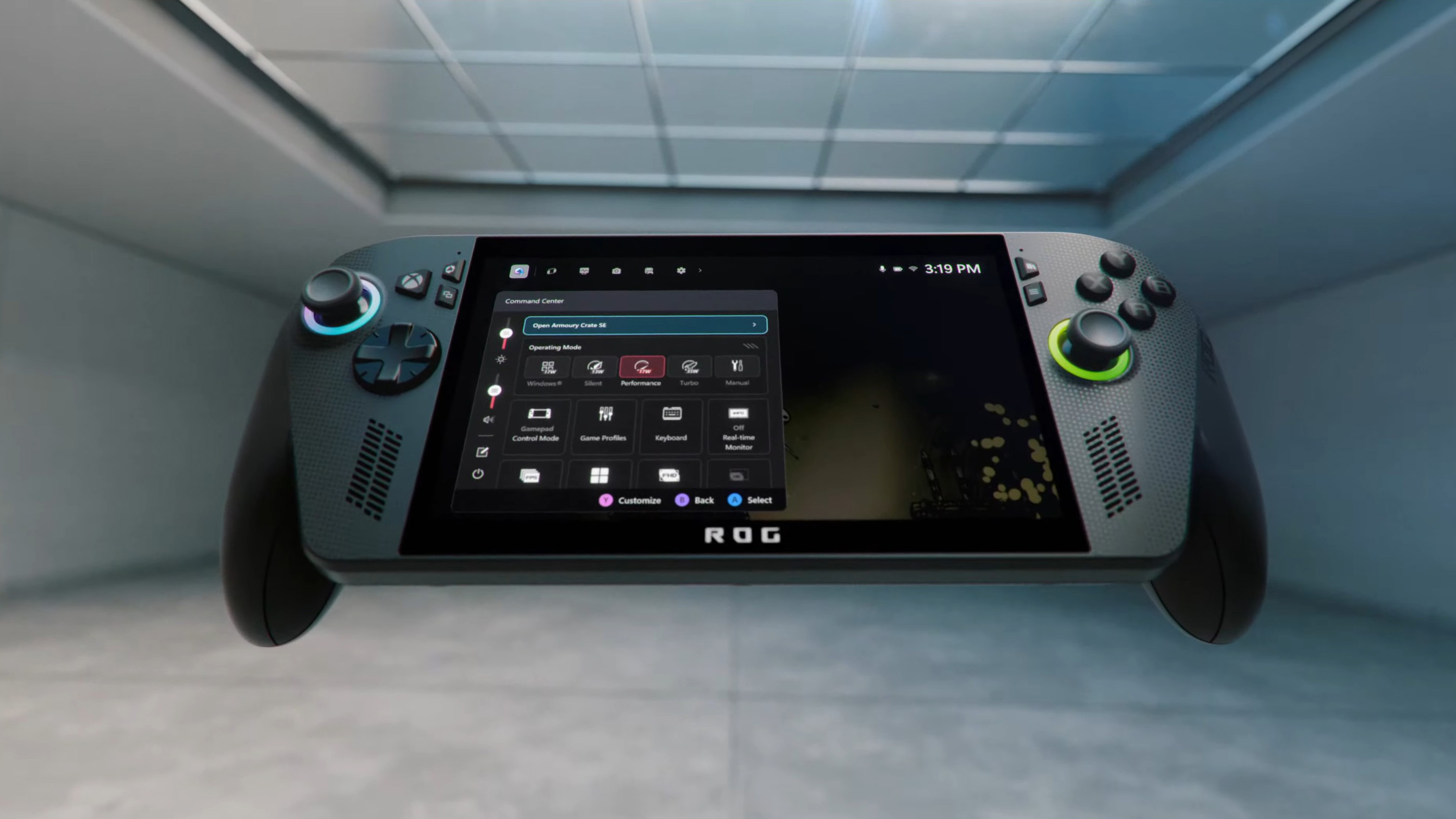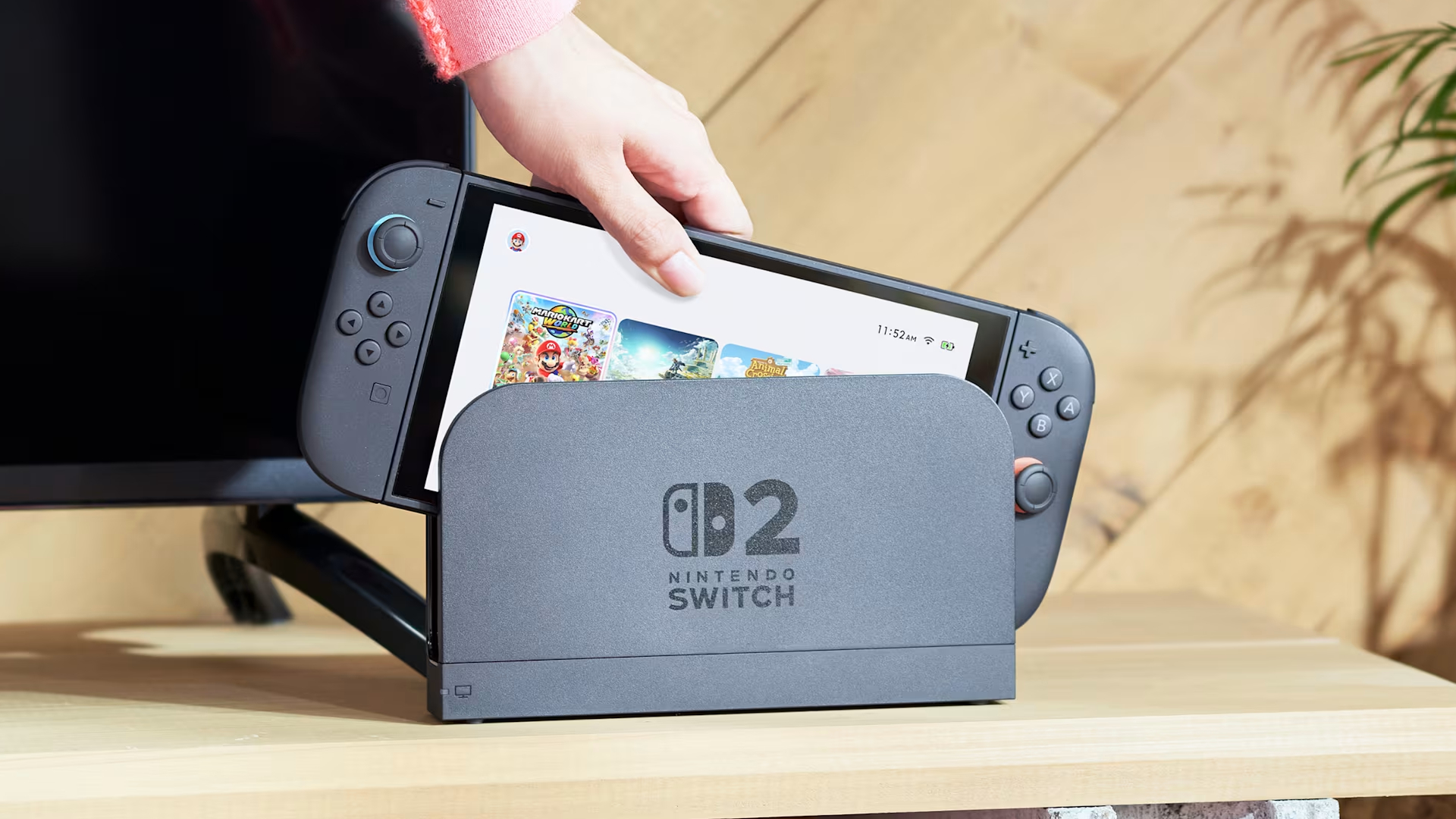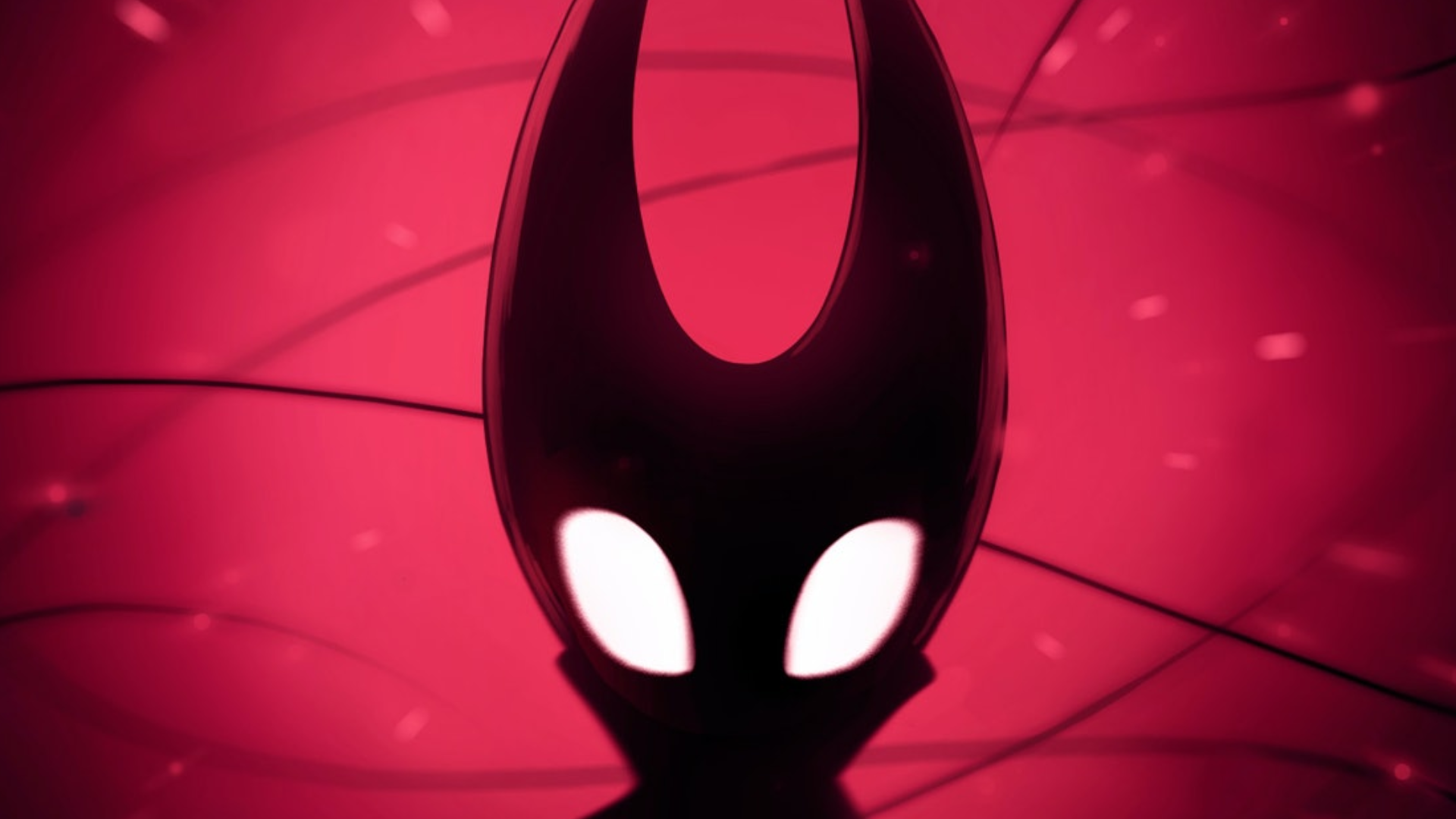
The quietly humming corridors of Citadel Station are littered with corpses. They are silent, but each tells their own story. Torn bodies lie inches away from an audio log recorded just moments before their final stand. A file from a woman tells of her final days as she succumbs to a spreading sickness. A pile of mangled remains, entangled in their own guts, look up with dead eyes at a graffiti mural that depicts the artificial intelligence that they worshipped like a god.
If this nightmare sounds like a new BioShock game, then you’re only half wrong. These are all moments from System Shock, the game that began the Shock lineage back in 1994. One of history’s most important games, the original is almost unplayable by today’s standards thanks to a fiddy user interface and control scheme that’s practically prehistoric. But a handsome new remake from developer Nightdive Studios has demolished those ancient barriers and highlighted that System Shock, despite its age, was the origin point of so many of the ideas that made its spiritual successor so strong.
If you’ve never explored the corridors of Citadel Station, I think you’ll be surprised at just how much of BioShock’s DNA was drawn directly from System Shock. Like the worlds crafted by Irrational Games’ lead, Ken Levine, Citadel Station is a place gone to hell. The station’s artificial intelligence, SHODAN, has taken over and has plans to decimate humanity. Like Andrew Ryan, she taunts you as you descend deeper into the station’s interconnected levels, seemingly amused at your pathetic attempts to foil her ascent to godhood. The kicker is that SHODAN’s rise to power is your fault. Just like BioShock Infinite and Levine’s upcoming Judas, System Shock is all about fixing what you broke.
BioShock is perhaps best known for its masterful narrative work and the way its fallen art-deco city conveys new stories in every room. System Shock comes from an era when games were largely led by mechanics rather than storytelling, and so the core narrative that runs through it is nowhere near as prominent and layered as BioShock’s. Yet the world is still rich, and still revealed using the same fundamental methods as BioShock. Your mission to destroy SHODAN takes you through the multiple decks of Citadel Station, from the depths of its reactor to the heights of its bridge. And while each level is made up of maze-like patterns of repeating architectural motifs that can make every floor feel confusingly identical, Citadel Station has an undeniable sense of place. It may not deliver a story with the immediacy of Rapture, but study its halls and you’ll see a clear purpose in each one.
Citadel Station’s entire crew is long gone by the time you arrive, and so the story is delivered primarily through audio logs. It’s a narrative technique closely associated with BioShock, but System Shock pioneered it so successfully back in 1994 that the remake has barely had to alter them. They provide a voice to the deceased, each one furthering the stories of a handful of recurring characters. Some tales are confined to a deck, while others span the entire length of the station. Each one is a miniature horror story, detailing the final days of a population about to be decimated by a rogue AI, but they’re also the primary delivery method for clues to your next objective. It’s this approach that makes the audio logs so integral to the experience, and in turn so superior to the way many developers use them today. Modern audio logs often feel like self-indulgent lore dumps rather than vital listens, hence why so many of us skip them.
All the fundamentals of BioShock, which felt so new and exciting in 2007, were there in System Shock.
The contents of those audio logs are often uncomfortably haunting, something only exacerbated by the realisation that the grotesque cyborgs you battle throughout the station are the mutilated remains of the voices you’ve been listening to. The entire crew of Citadel Station, who just months prior were living and working peacefully, are now twisted, grotesque cyborgs with few desires beyond eating corpses and killing you. SHODAN has converted the entire population into her personal army, forcibly violating their bodies with the technologies they created. There’s a parallel between these cyborgs and Splicers, the citizens of Rapture who were twisted by their addiction to their own science. It’s clear how BioShock built upon System Shock’s idea of a tragic population who fell victim to their own genius.
It’s a fate you can fall foul of, too. Should you die, you’ll be forced to watch your body being grafted onto a giant mechanical spider while the words “as a cyborg you will serve SHODAN well” flash across the screen. But there is a way to escape such a grisly end. Each deck has a Restoration Bay, a device capable of instant resurrection. And because it’s an in-universe system, it not only brings you back to life but also keeps all your mission progress intact because you don’t have to reload an earlier save. Yes, System Shock has Vita Chambers, the BioShock system that was often considered a concession to the less-hardcore modern gamers of 2007. There is a ‘90s difficulty quirk, though; SHODAN is using them to create her cyborgs, and so when you reach a new deck it’s vital to hunt down the level’s Restoration Bay and reset its medical function.
Thankfully you can just turn the Restoration Bay’s cyborg-making mode off, but the majority of Citadel Station’s systems are not that simple. Many blocked doors or locked devices will require you to rewire a Grid Access Panel to gain access, a process in which you create a pathway of power between a source and destination node. Sound familiar? It’s Rapture’s pipe-based hacking rendered cyberpunk. Even BioShock’s mini games have their origins in System Shock’s puzzles.
The two games’ combat follow similar rhythms, too. Your journey starts with a simple lead pipe that, much like BioShock’s wrench, remains a vital tool in your arsenal even hours later. It’s accompanied by pistols, shotguns, and rifles, each of which can be loaded with a variety of ammunition types to suit the situation. And while there’s no plasmid powers, the most exotic weapons draw energy directly from your cybernetically-enhanced body, draining an Eve-like power gauge that must be periodically topped up with batteries.
All the fundamentals of BioShock, which felt so new and exciting in 2007, were there in System Shock. But until now it was hard to recommend experiencing those origins to all but the most dedicated fans because of how archaic the original version is. It doesn’t even have mouse look, never mind any of the other regular UI systems and controls that we’re accustomed to today. But Nightdive Studios’ remake brings System Shock into the 2020s with modern controls, a totally refreshed interface, an incredibly striking visual style, and all of the original game’s many innovations intact.
System Shock is faithful – really faithful – to its ‘90s source material. That means labyrinthine level design that’s easy to get lost in, obtuse mission objectives, and combat that lacks the crunch of modern day shooters. It is still an unyielding, complicated, hardcore PC game. But that’s not a weakness. Nightdive has applied its upgrades with a light touch, bringing just the most archaic elements up to modern standards, because it understands that the game itself – the experience that lies beyond those ancient graphics and interface – is as valuable today as it was 30 years ago. The way you play, not what you play, is what has been updated. And thanks to those changes, it is now far easier and far more enjoyable to experience the origins of BioShock’s genius. It’s all here, surprisingly often fully-formed, and after just a few hours you’ll forget you’re playing a game that predates Windows 95.
Nightdive’s remake proves that System Shock was years ahead of its time, and is an essential history lesson for BioShock’s biggest fans.
Matt Purslow is IGN’s UK News and Features Editor.






